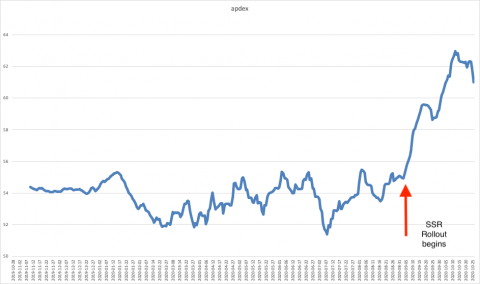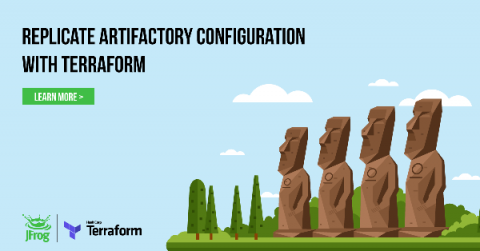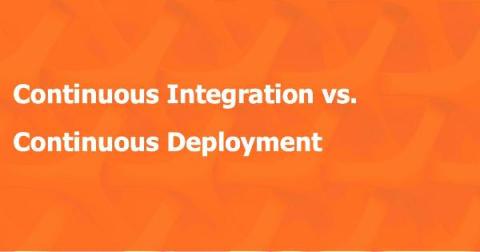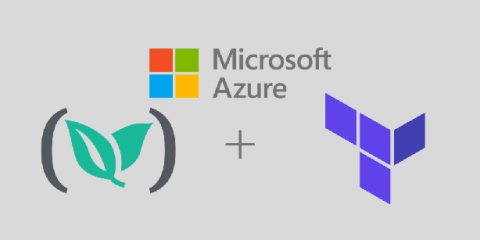Operations | Monitoring | ITSM | DevOps | Cloud
Latest News
Getting Started With Helm 3 Using React and Codefresh
Helm is an application package manager for Kubernetes. Using Kubernetes can often be overwhelming to maintain resources. Since Kubernetes is configured by YAML files, the more complex your application becomes, the more difficult it will be to navigate and make changes to the respective files; think about lots and lots of repetitive YAML files. A scenario that makes every developer cringe. Helm can help you solve this.
Replicate Artifactory Configuration with Terraform Provider Plugin
Using the new GitHub Container Registry with Codefresh
The GitHub Container Registry has just been announced by GitHub and is supported natively on Codefresh like any other Docker repository. Codefresh provides multiple options to connect to Docker Container Registries, one of which is GitHub Container Registries. Currently, GitHub plans to include the GitHub Container Registry within the pricing model of GitHub packages. In comparison, Docker Hub has added rate limits to free accounts.
Get Around Docker Hub Download Limits: JFrog Artifactory
Continuous Integration vs. Continuous Deployment
Thanks to Linus Torvalds, the creator of not only Linux, but also the most popular version control system - Git, multiple developers can simultaneously work on the development of the same application, ramping up the speed of production. Git was revolutionary - it enabled developers to keep track of code changes and collaborate seamlessly across different projects.
Interview with TRI-AD: DevOps & Software Development in the Automotive Industry
Installing and Managing Argo CD through Continuous Delivery Pipelines Using Codefresh with Google Kubernetes Engine (GKE), AWS Elastic Kubernetes Service (EKS), and Azure Kubernetes Service (AKS)
We are about to install and manage Argo CD through a CD pipeline. “Why would we do that? We can just as well accomplish that through a command like kubectl apply or helm upgrade --install.” I’m glad you asked. The primary objective of Argo CD is to help us apply GitOps processes when deploying applications. It is directing us towards the world in which everything is defined as code, and all code is stored in Git.
Applying GitOps And Continuous Delivery (CD) On Infrastructure Using Terraform, Codefresh, And Azure Kubernetes Service (AKS)
There are many articles and videos about practicing Continuous Delivery (CD) with applications, but not nearly as many for infrastructure. The same can be said for GitOps applied to infrastructure. That is a bit strange given that applications and infrastructure are almost the same today. Both are defined as code, and everyone stores code in Git repositories. Hence, GitOps is just as good of a fit for infrastructure as for anything else.
Scaling CD Platforms in the Enterprise Through Self-Service
The concept of Continuous Delivery (CD) has been around for over a decade. Early adopters of CD have reaped the benefits of reduced cycle times coupled with greater stability and reliability. Yet CD is far from a “solved problem” with many organizations struggling to implement CD at scale (or at all!) due to organizational, process and technology challenges.











